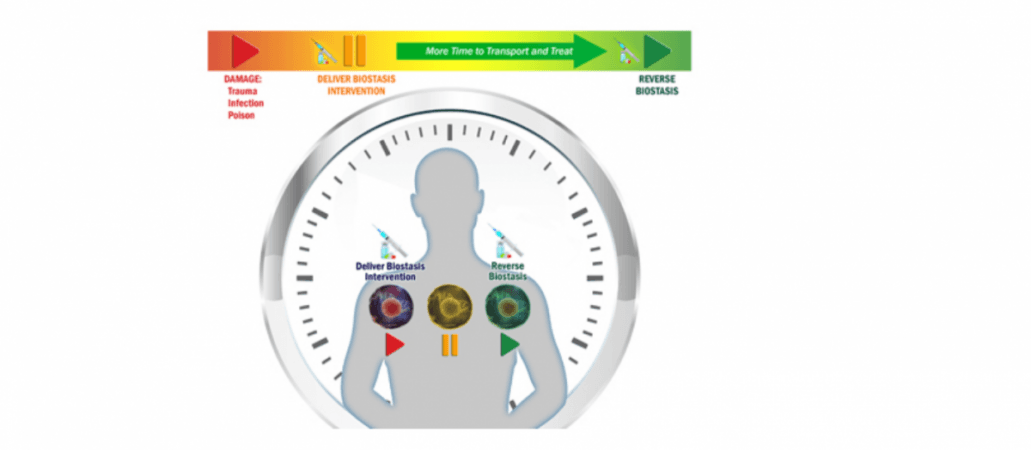
Defense Advanced Research Projects Agency (DARPA), the intelligence arm of US Department of Defense (DOD), has initiated a life-saving Biostasis program that can increase the life expectancy of a critically injured soldier.
The agency is scheduling a meet on Biostasis program with scientists and university research scholars on March 20 to discuss the possibility of extending the golden hour, the critical first hour of a severe injury, which allows doctors to save a patient.
Usually, in a battle, medical help may not reach the injured within the golden one hour. And even if the medical team manages to get there, doctors will have two things to worry about — first try to save the soldier's life and then focus on limiting the permanent damage to the body, which is practically impossible in active war zones. The injured will have to be flown to the nearest infirmary and they may be several miles away, in most cases.
So, DARPA wants to biologically slowdown the body reaction to injury and thereby increase the endurance level of the soldier. This Biostasis program is not focusing on a particular body part, as it is impossible to micro-manage a select location but to make changes in molecular level so that the entire body focuses on slowing the damage.
![[Representational Image] DARPA’s Biostasis program aims to prevent death following traumatic injury by slowing biochemical reactions inside cells, thus extending the “golden hour” for medical intervention. In Picture: Indian and US soldiers participate in a joint military drill during Yudh Abhyas 2016. Yudh Abhyas 2016](https://data1.ibtimes.co.in/en/full/620342/yudh-abhyas-2016.jpg?h=450&l=50&t=40)
"At the molecular level, life is a set of continuous biochemical reactions, and a defining characteristic of these reactions is that they need a catalyst to occur at all," Tristan McClure-Begley, the Biostasis program manager said in a statement.
"Within a cell, these catalysts come in the form of proteins and large molecular machines that transform chemical and kinetic energy into biological processes. Our goal with Biostasis is to control those molecular machines and get them to all slow their roll at about the same rate so that we can slow down the entire system gracefully and avoid adverse consequences when the intervention is reversed or wears off," McClure-Begley added.
Is it even possible to slow body reaction during life-threatening injury?
Nature has answers to these treatments. For instance, the Wood Frog (Lithobates sylvaticus), an endemic species found only in the North American continent, has developed a 'supernatural' cold tolerance level.
It literally shuts down its entire body including the lungs and the heart and become a solid block during the icy winter (up to -16-degree Celsius). Just when the winter gives way to the spring, it comes back to life.
However, it takes a lot of research and time to replicate the similar process in humans and the DARPA knows that. Though it is not confident of positive results at the end of the five-year Biostasis program, it is optimistic about finding some kind of improvements in increasing the endurance of the injured soldiers.
DARPA envisions a future when a soldier is hit with a bullet and has pierced through the stomach, he/she can take a medicine (like an injection) and slow the body reaction like excessive bleeding and trigger appropriate hormones to the clot blood vessels in the particular area and maintain the status quo until medical help comes.
DARPA is hosting a Proposers Day webinar on March 20, 2018, at 12:30 PM EDT to provide more information about Biostasis program. Interested readers can register for the event(HERE).
DARPA's prime objective of the Biostasis program is to prevent death following traumatic injury by slowing biochemical reactions inside cells, thus extending the "golden hour" for medical intervention. The desired interventions would be effective for only limited durations before the process reverts and biological processes resume at normal speeds.

















